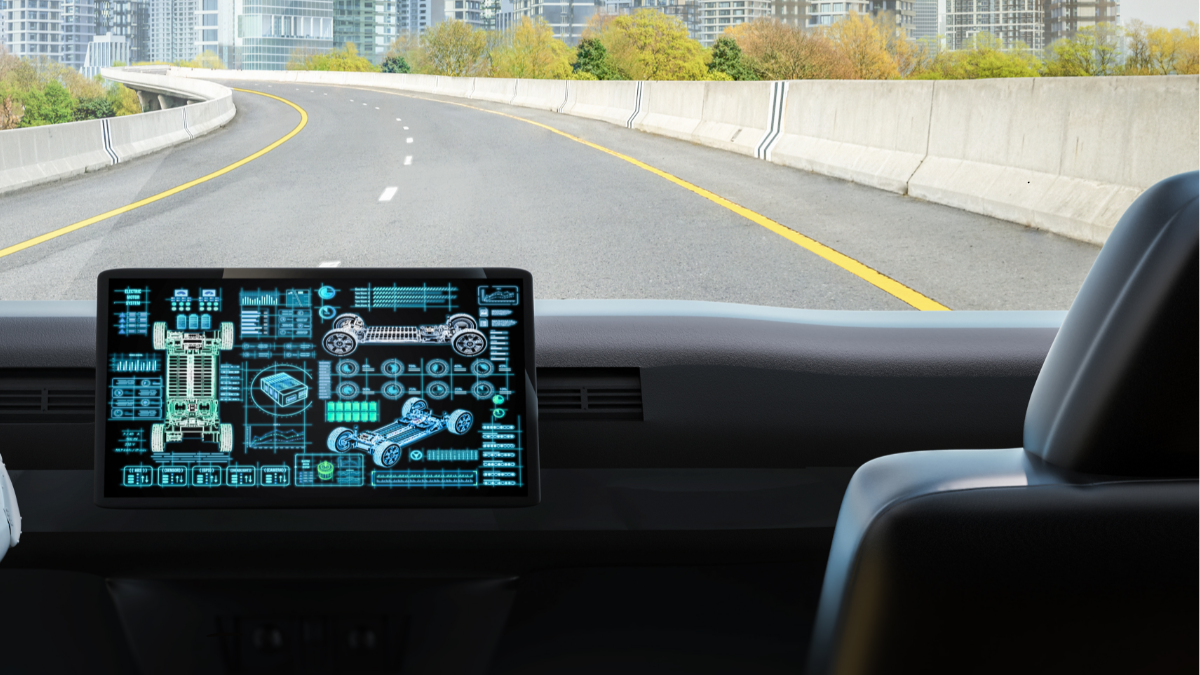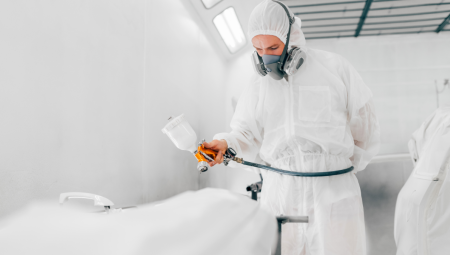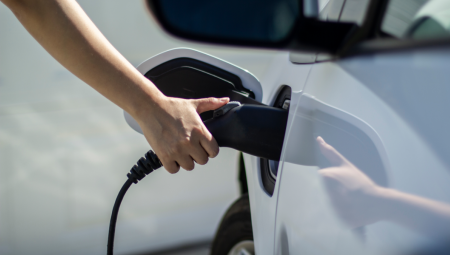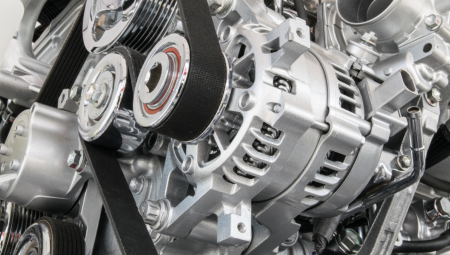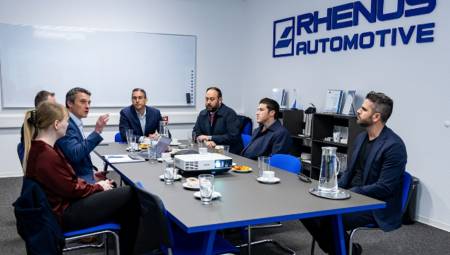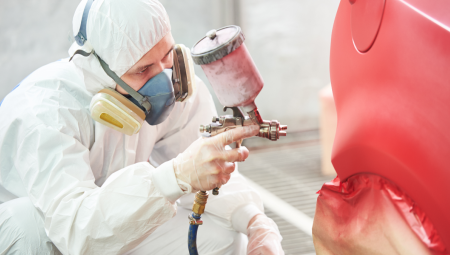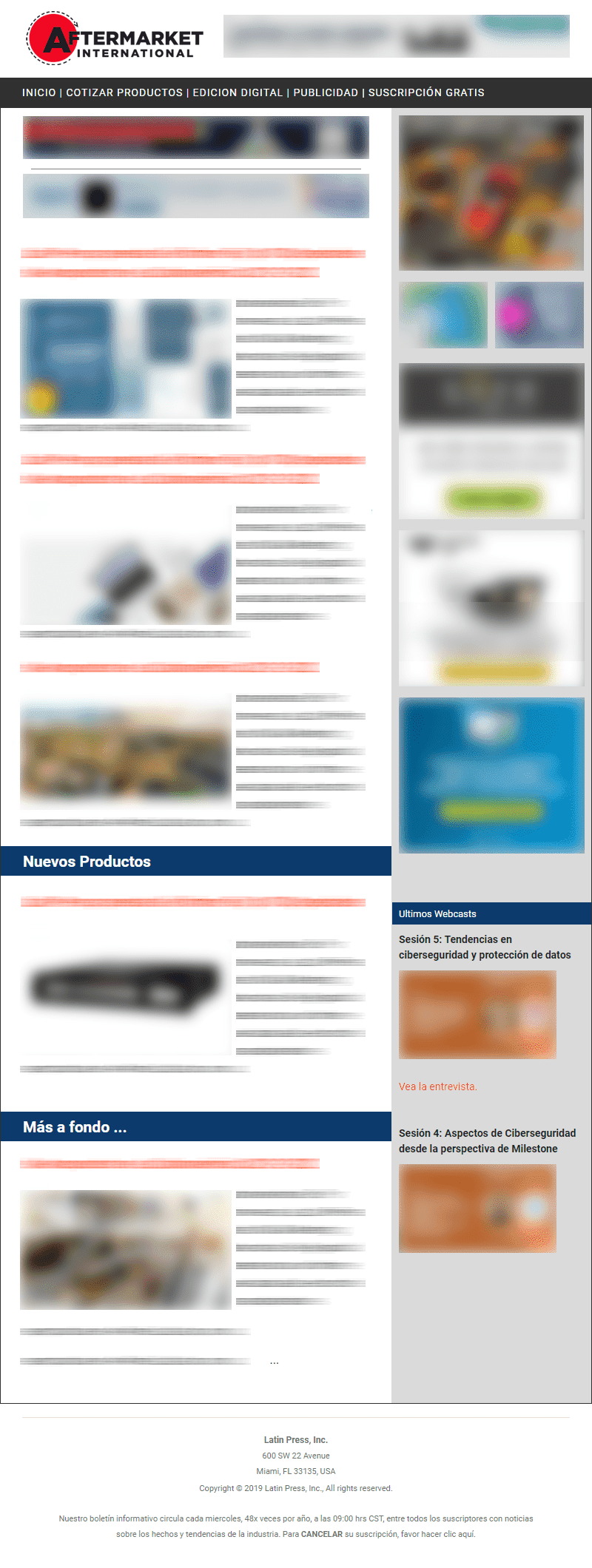International. Software-defined vehicles (SDVs) represent a combination of automotive features that provide new possibilities for passengers to interact with vehicles.
In the report "Software-Defined Vehicles, Connected Cars, and AI in Cars 2024-2034: Markets, Trends, and Forecasts," IDTechEx outlines how cellular connectivity within SDVs can provide access to Internet of Things (IoT) features, including OTA (over-the-air) upgrades, personalization, and entertainment options.
The artificial intelligence within an SDV can function as a digital assistant to communicate and respond to the driver, with some vehicles using visual AI characters appearing on the dashboard to make interactions more engaging. An AI assistant can have multiple benefits, from explaining the vehicle's features to the driver, to using biometric authentication to place a coffee order at the nearest self-service location, ready for pickup upon arrival. AI assistants within SDVs can also communicate with the driver when the car needs service, locating the nearest dealership and making payments with the same secure system.
Nightly OTA updates are another key benefit for SDV drivers, as when the latest software becomes available, they ensure that the vehicle's features, applications, performance and safety are working optimally. OTA updates are already available on some brands like Tesla and allow you to maintain the vehicle without the driver having to remember to check for updates or make an appointment at the service center, where they would otherwise have to wait for the process to be completed.
Individual profiles can be created within SDVs using biometric authentication, such as facial scans, to remember seating positions, climate control preferences, favorite radio stations, among others. The touchscreens that span the dashboard will also adjust to custom preferences, including favorite apps, colors, and layout. The car could even use this secure biometric authentication to log into email accounts and make payment options accessible, so that fuel, EV charging, and food or drink from drive-thru can be paid for directly from the vehicle without the driver having to search for their wallet or get out of the car. saving time and creating a smoother experience.
BMW is one of the original equipment manufacturers (OEMs) that offers a selection of SDV features as additional options for drivers when buying the car, including driving assistants and traffic camera information, which are then reset when the car is resold, so that the next owner can set their own personalization preferences.
An additional benefit of SDVs is the ability to join work video calls, watch TV or play games on the vehicle's touchscreens, allowing cars to feel more personalized, making journeys more enjoyable, with passengers being able to perform normal activities while on the move.
Connected car technology, also explored in the IDTechEx report, includes the possibilities of real-time maps to make journeys safer. The interconnection between vehicles can help form an accurate and up-to-date driving map, with the ability to detect collisions and traffic jams in real time, sharing the information with other cars on the network, and suggesting the best possible routes to save time and improve safety. BMW provides an example of connected car technologies, where one vehicle can send a warning to others about adverse weather conditions or poor road conditions. Volvo also conducted a test where cars were given the location of connected cycling helmets to inform drivers about the presence of cyclists on the road.


